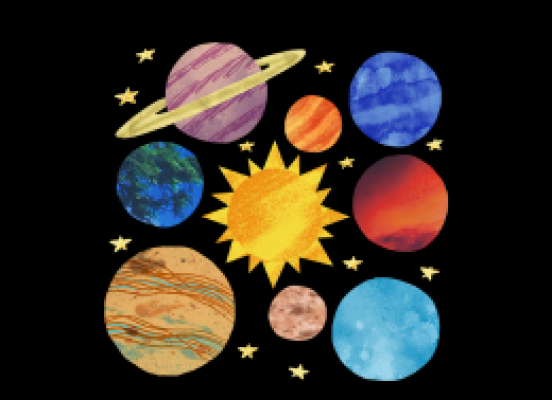

The Milky Way galaxy is a vast and complex system of stars, planets, gas, and dust that is the home of our solar system. It is estimated to contain more than 100 billion stars and spans a distance of about 100,000 light-years. Understanding this incredible system can be challenging, but it is a fascinating subject that captures the imagination of astronomers and enthusiasts alike.
In this comprehensive guide, we will take a journey through the Milky Way galaxy, exploring its structure, formation, and composition. We will also delve into our own solar system, learning about the planets, moons, and other objects that orbit our star, the Sun.
The Milky Way Galaxy
The Milky Way galaxy is a barred spiral galaxy, which means it has a central bar-shaped structure with spiral arms extending out from it. The galaxy is approximately 13.6 billion years old and is composed of a variety of stellar populations. The stars in the galaxy range from low-mass, long-lived stars like our Sun to massive, short-lived stars that explode as supernovae.
The Milky Way also contains a significant amount of interstellar gas and dust, which is the raw material for new star formation. These clouds of gas and dust can be seen as dark patches against the background of the galaxy or as bright emission nebulae where new stars are being born.
The structure of the Milky Way is complex, with a central bulge, a disk, and spiral arms. The central bulge is a dense, spherical region of stars and gas that surrounds the galaxy's central bar. The disk is a flattened region of gas, dust, and stars that extends outward from the central bulge. The spiral arms are regions where new stars are forming, and they extend out from the disk in a spiral pattern.
Formation of the Milky Way
The formation of the Milky Way is still not entirely understood, but scientists believe that it formed through a process of hierarchical merging. This means that smaller galaxies merged together to form larger ones, eventually resulting in the Milky Way.
Recent studies have shown that the Milky Way likely formed through a combination of mergers and gas accretion. As smaller galaxies merged, they brought their own populations of stars and gas into the Milky Way, which then mixed together to form the galaxy we see today.
Our Solar System
Our solar system is a small part of the Milky Way galaxy, located in one of its spiral arms. It consists of the Sun and the objects that orbit it, including planets, dwarf planets, moons, asteroids, and comets.
The Sun is a typical star, and it is the largest object in our solar system. It is composed mainly of hydrogen and helium and produces energy through nuclear fusion. The energy produced by the Sun is what allows life to exist on Earth, and it also drives the weather and climate patterns on our planet.
The planets in our solar system are divided into two groups: the inner planets and the outer planets. The inner planets are Mercury, Venus, Earth, and Mars, and they are small, rocky planets that are close to the Sun. The outer planets are Jupiter, Saturn, Uranus, and Neptune, and they are much larger than the inner planets and composed mainly of gas and ice.
Beyond the planets, our solar system also contains dwarf planets, such as Pluto, which are small, icy bodies that orbit the Sun. Moons are also common in our solar system, with some planets having dozens or even hundreds of moons. Asteroids and comets are also found in our solar system, and they are believed to be remnants from the early solar system that never formed into planets.
Conclusion
In conclusion, the Milky Way galaxy is a vast and complex system that is home to our solar system